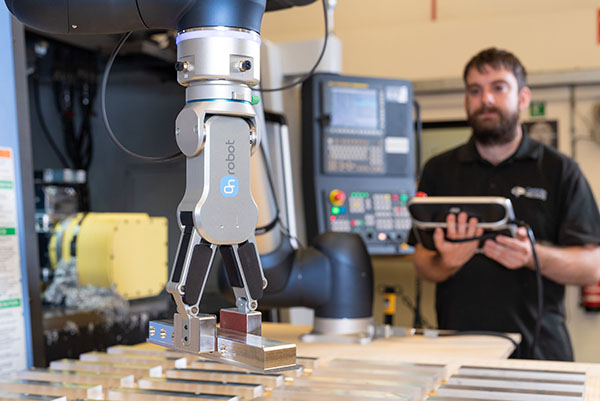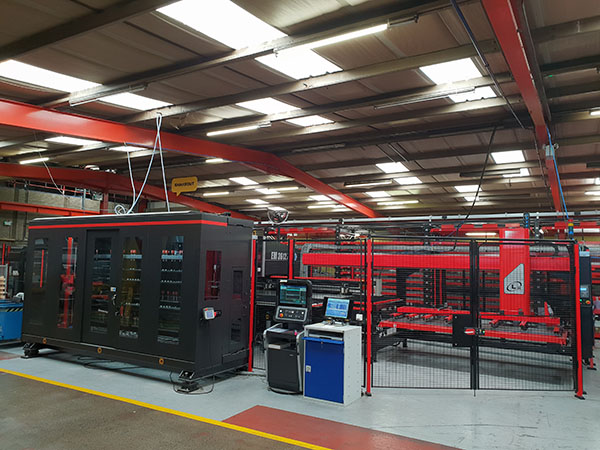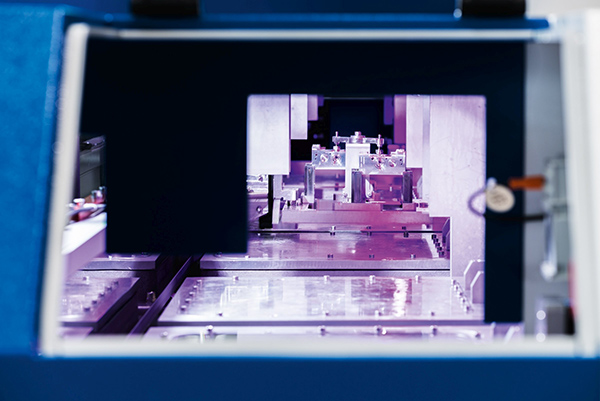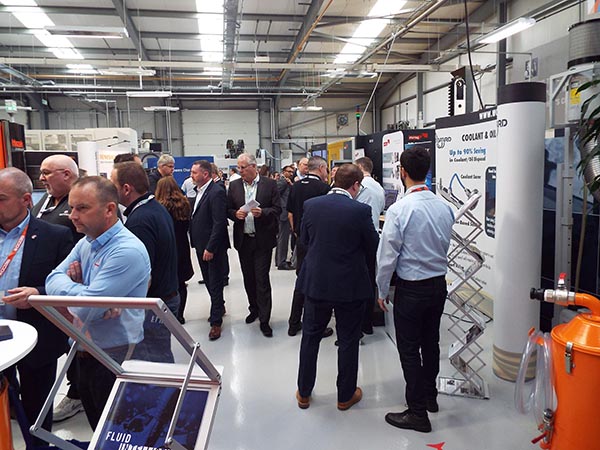CadCam Technology, which provides laser cutting machines to the automotive, medical, military and education sectors, ensures the precision of its machines by using Huco Flex M couplings.

Thin-pressed, heat-treated steel membranes allow the Flex M to help tolerate and compensate for any slight misalignment, with torque resolved to simple tensile stresses in opposing segments of the membranes. In the double-stage version specified by CadCam Technology, the two membranes provide even greater misalignment capacity, which effectively insulates the laser element from any transmitted stresses the shaft may produce, maintaining a precise cut during operation.
This capability is highly advantageous, as the Huco coupling enables the accuracy of the X axis (the axis on which the laser moves) to be maintained by its action on the driveshaft. As a result, machine accuracy is kept to within 0.025 mm.
Huco’s Flex M coupling sees use on CadCam Technology’s certified Class 1 machines, which use water or air-cooled CO2 lasers. Software controls the adjustment of both cutting speed and laser power output, which results in a fine, accurate depth of cut. In addition, closed-loop servo motors and hardened steel rails combine to provide precision movements with up to 2G of acceleration.
High-speed operation is supported by the Flex M’s dynamically balanced construction, which delivers a maximum speed of up to 5,000 rpm. Torque range extends from 0.9 to 11.3 Nm. In addition, the coupling’s kinematic properties and its low bearing loads ensure that it places minimal stress on associated components and assemblies, safeguarding overall service life of the machine. These characteristics mean the Flex M is suitable for dynamic position and velocity control systems, making it a popular choice in precision applications across the engineering spectrum.
For further information www.huco.com
























